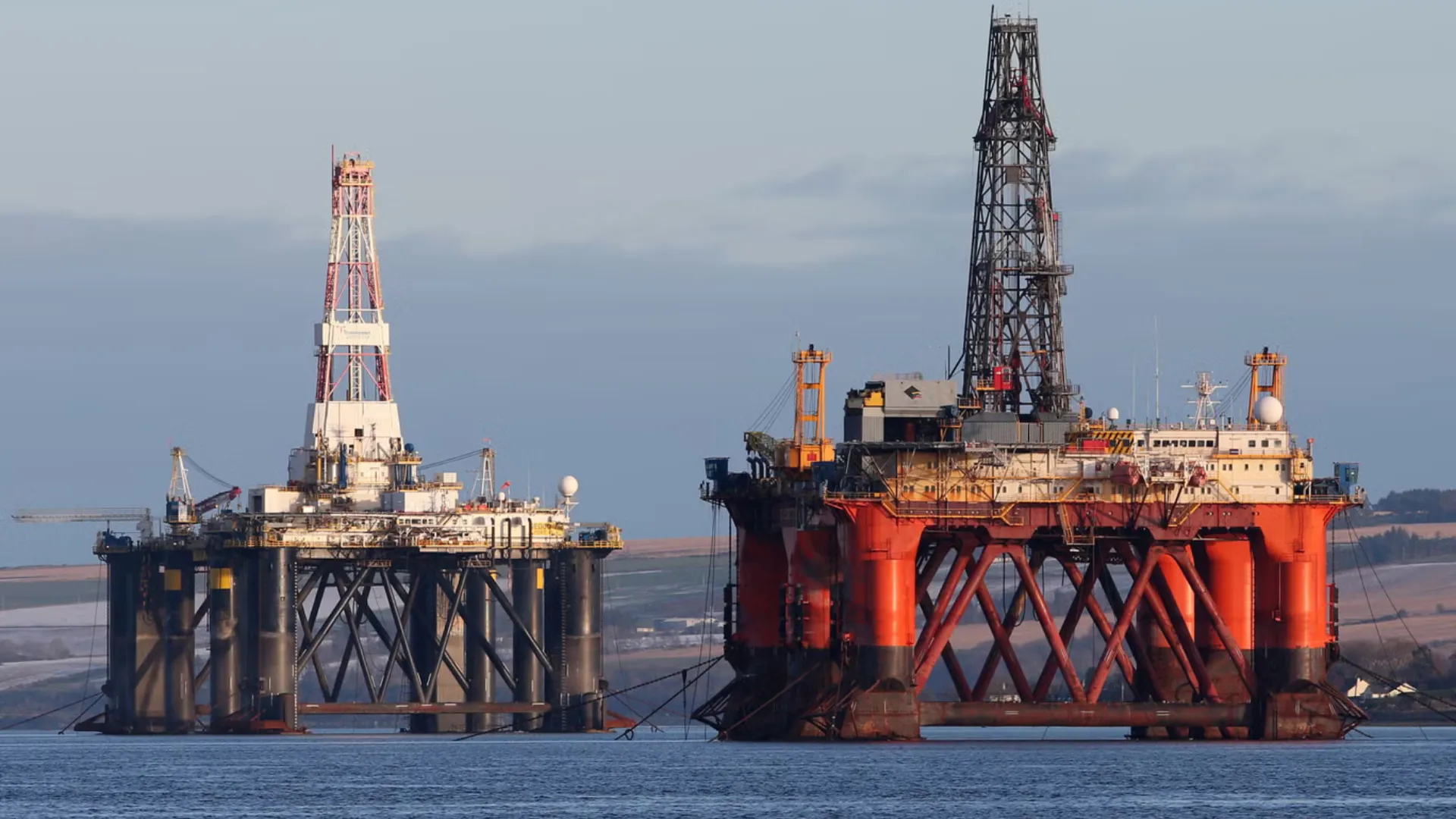The energy association Offshore Energies UK (OEUK) has announced a new safety policy setting a safe weight limit of 124 kg for personnel working offshore, which will come into effect in 2026. The move is in response to technical concerns raised by the UK Maritime and Coastguard Agency (MCA) about capabilities in emergency situations.
Details of OEUK’s new policy
The main reason behind this decision lies in the technical limitations of search and rescue equipment, especially winch systems. winch systemswhich were designed to lift people weighing less than the newly established threshold. After a review of more than 2 years without finding alternative practical solutions, the industry chose to implement this restriction.
The change will officially come into effect on November 1, 2026, but the policy has been published a year in advance in order to provide sufficient time for companies to inform and prepare their staff.
In addition, aware that this policy may affect part of its workforce, OEUK has initiated a preparation phase that includes:
- Individualized medical advice
- Healthy eating programs
- Support in weight loss plans
- Training and information materials
- Publication of explanatory videos for offshore personnel.
A technical context with human implications
The marine rescue systems, helicoptersThe weight of the rescuer, helicopters and confined space procedures have structural limitations that compromise safety if the weight of the rescued person exceeds certain limits. The figure of 124 kg has been defined as a safe operating standard in all offshore evacuation contexts, including stretchers, lifeboats and lifting cranes.
In addition, the industry recognizes that the increase in body weight among the UK population has also impacted the offshore workforce. This public health factor has been considered in the design of the policy.
Weight-based deposits?
Although OEUK has asserted that weight-based dismissal is a “worst case scenario” and not the policy objective, the issue has generated debate. Some unions have expressed concerns about how cases of employees who fail to meet the new weight threshold will be handled.
However, the proactive approach and the announced resources point to a sensitive and supportive implementation rather than a punitive policy.
What comes next?
OEUK will continue to lead the transition process with internal communication campaigns and awareness-raising activities. Throughout 2026, the reinforced safety culture will be consolidated, with the objective of entering 2027 with adapted procedures, trained personnel and technical conditions aligned with the required standards.
Source: OEUK

